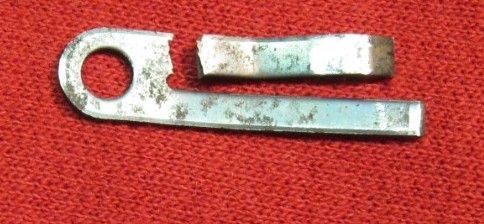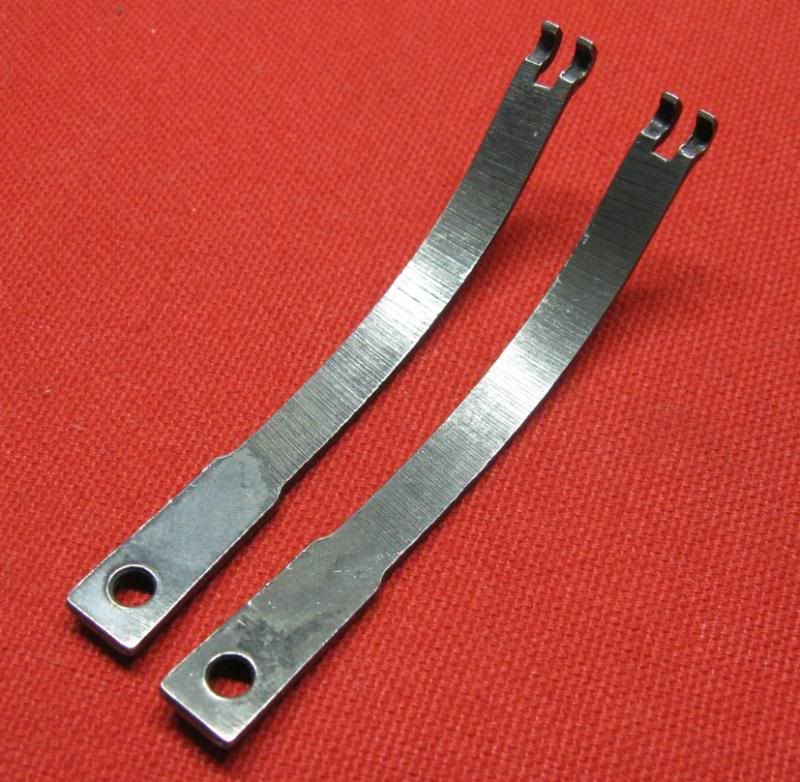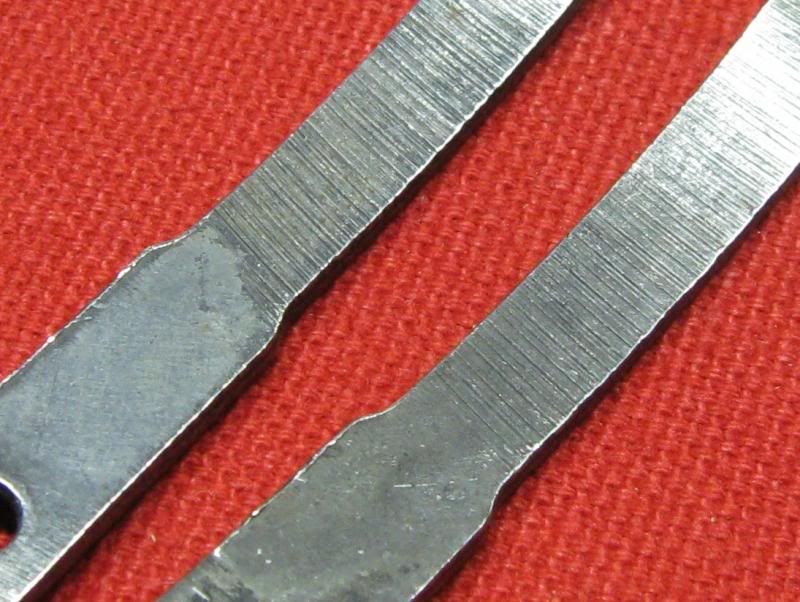Wires last pretty good although, I've had customers springs break (no, I didn't break um on purpose!) so I replaced them with tuned flats. Coils last pretty much for ever.
Flats are old school and most (all) are over stressed/ over tensioned. Tuned to do their job, flats will last (the average shooter) as long as the gun.
Possible reasons for frequent breaking of the combo (bolt/trigger) spring may be:
- trigger spring too long and binding (although operational), - not "tuned" ,- frame not flat (Burr or ridge, rough casting/ machine marks) where the spring mounts, - bad angle of mounting surface (put a thin washer under the spring to "clean up" surface. Not a split washer! There's another stress area!!)
Personally, I like the feel/ crisp action of flat springs. Especially the hand spring. It seems to be the most prone to breaking but - tuned and contoured correctly, it too, will last as long as the revolver. The hand has two jobs 1- to rotate the cylinder, 2- to brake the rotating cyl for bolt lock up. The hand spring is actually a version of a "progressive rate" spring. It can be tuned to allow a rather easy spin but still have enough "braking" force to do its job with lock up. It does this as it rides with the hand up the hand passage (chimney).
The problem with a coil and plunger system (Ruger) is, the spring/plunger are mounted in the frame. As the hand moves up the chimney, it gets further away from the plunger and thus, the tension needed for "breaking" is diminished. You can demonstrate throw-by (cyl over rotation) at will with a S.A. Ruger because of this set up.
Mike
www.goonsgunworks.com
Follow me on Instagram @ goonsgunworks



